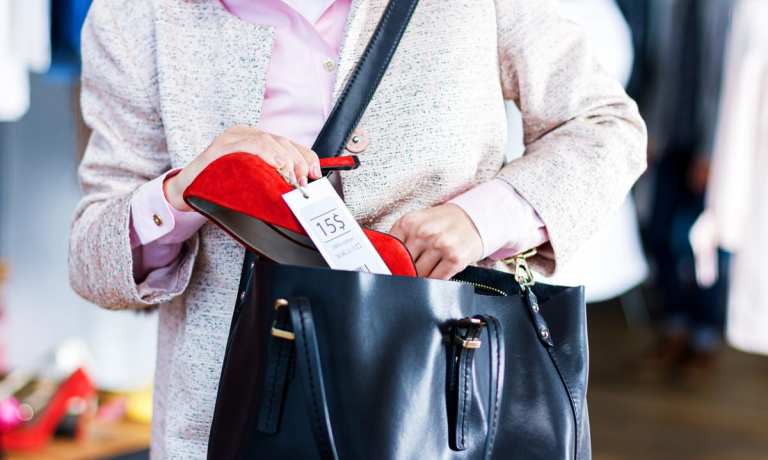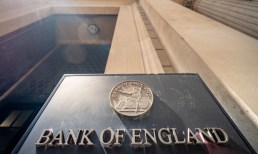‘Organized Retail Crime’ Is Growing (And Not Just Because Of The Pandemic)

Organized crime rings are taking advantage of the pandemic, looser police enforcement and a softening in anti-shoplifting laws to swipe tons of merchandise from retail stores and warehouses across the United States.
Just in the past month, police in San Francisco and Polk County, Fla., broke up two major rings, while six crooks descended on a Balenciaga store in Manhattan and made off with $60,000 of high-end bags in broad daylight.
“You don’t want to get hurt,” one of the Manhattan robbers reportedly told clerks, appearing to reach for a weapon while the other bad guys grabbed some 30 high-end bags and took off. Police told the New York Post that the suspects ran out of the store and jumped into waiting cars, making off with bags priced between $1,850 and $2,300 apiece.
In California, state and local police last month broke up a ring that allegedly used fake coupons to get merchandise for free or reduced prices, then brazenly resold the items at a Sacramento storefront. KPIX-TV reported that the shop proudly advertised on Facebook Marketplace that customers “never pay retail.”
Police reportedly recovered fake coupons and more than $212,000 of stolen or fraudulently purchased merchandise acquired from CVS, Target, Walgreens and other chains.
And in Florida, state and local officials in 18 counties last month broke up a ring that allegedly stole nearly $85,000 of easy-to-resell items like baby formula, diapers, and energy drinks from Publix, Winn Dixie, and Walmart — typically taking $350 to $900 worth of goods at a time.
“Criminals be warned: We will not allow rampant retail theft to harm Florida businesses and force consumers to pay inflated prices to cover the costs of your indolent, unscrupulous crime sprees,” Florida Attorney General Ashley Moody said in announcing arrests in the case, according to WFLA-TV.
A Growing Problem
Experts report that such organized retail crime is growing — and not necessarily just because of the pandemic.
“Retailers are seeing more cases and higher losses as organized crime continues to target stores, warehouses and cargo,” Mark Mathews of the National Retail Federation (NRF), which recently released its 16th annual Organized Retail Crime study.
Some 75 percent of retail loss prevention executives told the group in a study that organized retail crime had increased over the past year. They estimated that losses averaged $719,548 per $1 billion in sales, up 2 percent from the same period a year earlier and 60 percent from 2015.
Experts reported that criminal gangs often stole high-end items, with 34 percent reporting thefts of designer clothing, 16 percent seeing designer handbags taken and 13 percent recording losses of computer laptops or tablets. But retailers also reported lots of thefts of cheap, easy-to-resell goods like laundry detergent (cited by 21 percent of experts) or razors (20 percent).
It’s Not Necessarily Due To COVID-19
The NRF noted that it conducted the research in April and May, so the findings might not even reflect the pandemic’s impact on crime.
John Matas, a certified fraud examiner and certified financial crimes investigator, added in a recent op-ed for Loss Prevention Magazine that organized retail crime goes far beyond mere shoplifting. He said the problem also includes things like complex returns fraud, cyber frauds, near-perfect counterfeiting and more.
Matas sees the current wave of U.S. criminal justice reforms at least partly fueling such scams by making them “low-risk, high-reward crime.”
“Some organized criminal enterprises, gangs, mafias, and syndicates that traditionally monetized their efforts with violent and drug-related income have now converted their criminal operations to attack retail based on the low-risk, high-reward thought process,” he wrote.



